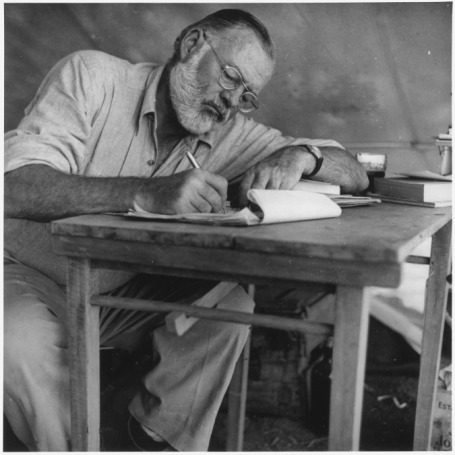Touchy subjects are interesting by nature. That’s why they’re fun to write about.
Take pineapple on pizza. People have exactly two opinions about pineapple on pizza:
- Pizzas should be topped with nothing else
- It makes a mockery of a perfectly good pie
I’ve somehow ended up in the middle on that one, which sort of undermines my point. Hmm…
For a better example, take religion. I’m writing about that for my current project, a novel entitled Eggs for the Ageless. It’s a story about a girl who accidentally creates a religion. The existing Gods and Goddesses of her world (the titular Ageless), are not happy.
My book’s religions are fictional, but they’re inspired by real ones, most notably Ancient Greek myths. Therefore, I’ve got a Goddess of Love and a God of War. But I tried adding a little humor, too, with a Goddess of Coffee and a God of Waste Management. Ya know, the essentials.
Controversy is interesting, but it’s also, well, controversial. That’s why I’ve given myself three rules when writing about religion, and touchy subjects in general. They are…
Rule #1: Play Both Sides
I once heard some excellent advice on writing controversial topics: You must argue both (or all) sides. Otherwise you lose conflict and fall into didacticism.
In other words, if all the bad guys in my book were religious and all the good guys non-religious (or vice versa), it would feel too preachy. I’m taking extra care to explore the merits of both sides. And honestly, if there really is a religion with a God of Coffee, I’ll convert today.
Furthermore, subjects often become touchy because there’s no objectively correct answer. Take politics, for example. Humankind has devised countless ways to organize society, and though some prefer certain structures over others, there’s no perfect way to run things. So, if you write about that touchy subject, play every side that makes sense.
Don’t just argue the benefits of, say, monarchies, in the style of Hamilton’s King George. Touch on all the touchy sides. (Although, I have to admit, King George kinda pulls it off.)
Rule #2: Provide a Range of Intensity
Every touchy subject has its fanatics and its casuals. In religious terms, consider the self-flagellating albino dude from The Da Vinci Code versus people who believe in God but don’t really pray or attend church. Though they’re technically on the same side, their belief carries a different intensity. So examine them both.
If you don’t, you’ll fall into the same trap of Rule #1. Imagine, for example, if every religious character in Eggs for the Ageless murdered people in the name of the Coffee Goddess. Not only would that be unfair to coffee drinkers—it would also be unfair to peaceful religious folks, of which the world has many.
I’ve got some fanatics in my book, sure. There’s Sarene, our main character’s mom, who’s so devoted that she tattoos her bare scalp with images of the Ageless (you don’t see that every day). But I’ve also added some laid-back religious types, such as the multi-talented Trast, who’s an early reader favorite so far.
People have strong opinions on touchy subjects, yes. But some are stronger than others. So it is in life, so it should be in writing.
Rule #3: Find the Humor
People have a tendency to dismiss funny stories as less meaningful than serious ones. I disagree. Humor is funny precisely because it gets to the heart of its target. Take this Oscar Wilde quote as an example:
“I think God, in creating man, somewhat overestimated his ability.”
For the religiously inclined, that’s a statement about how humans don’t always live up to God’s expectations. For the non-religious, it’s highlighting the comedic irony of a supposedly omnipotent God. Either way, it’s pretty funny—and certainly meaningful.
There’s humor hidden within most touchy subjects. We’ve covered religion, politics, and pizza—but hey, people can make jokes out of just about anything. Kurt Vonnegut, for example, could find humor in seemingly unfunny subjects. Like this…
“I have this disease late at night sometimes, involving alcohol and the telephone.”
Or this…
“Laughter and tears are both responses to frustration and exhaustion. I myself prefer to laugh, since there is less cleaning do to do afterward.”
Or this…
“Dear future generations: Please accept our apologies. We were rolling drunk on petroleum.”
If Vonnegut can find humor in greenhouse gas emissions, there’s humor to be found in pretty much any controversy. Especially pineapple on pizza.
Looking forward to writing more about touchy subjects in Eggs for the Ageless. More details to come.
Kyle A. Massa is a speculative fiction author living somewhere in upstate New York with his wife, their cats, and their dog. He has written two books and numerous short stories, both published and yet-to-be published. He enjoys unusual narrative structures, multiple POVs, and stories that make readers laugh.











